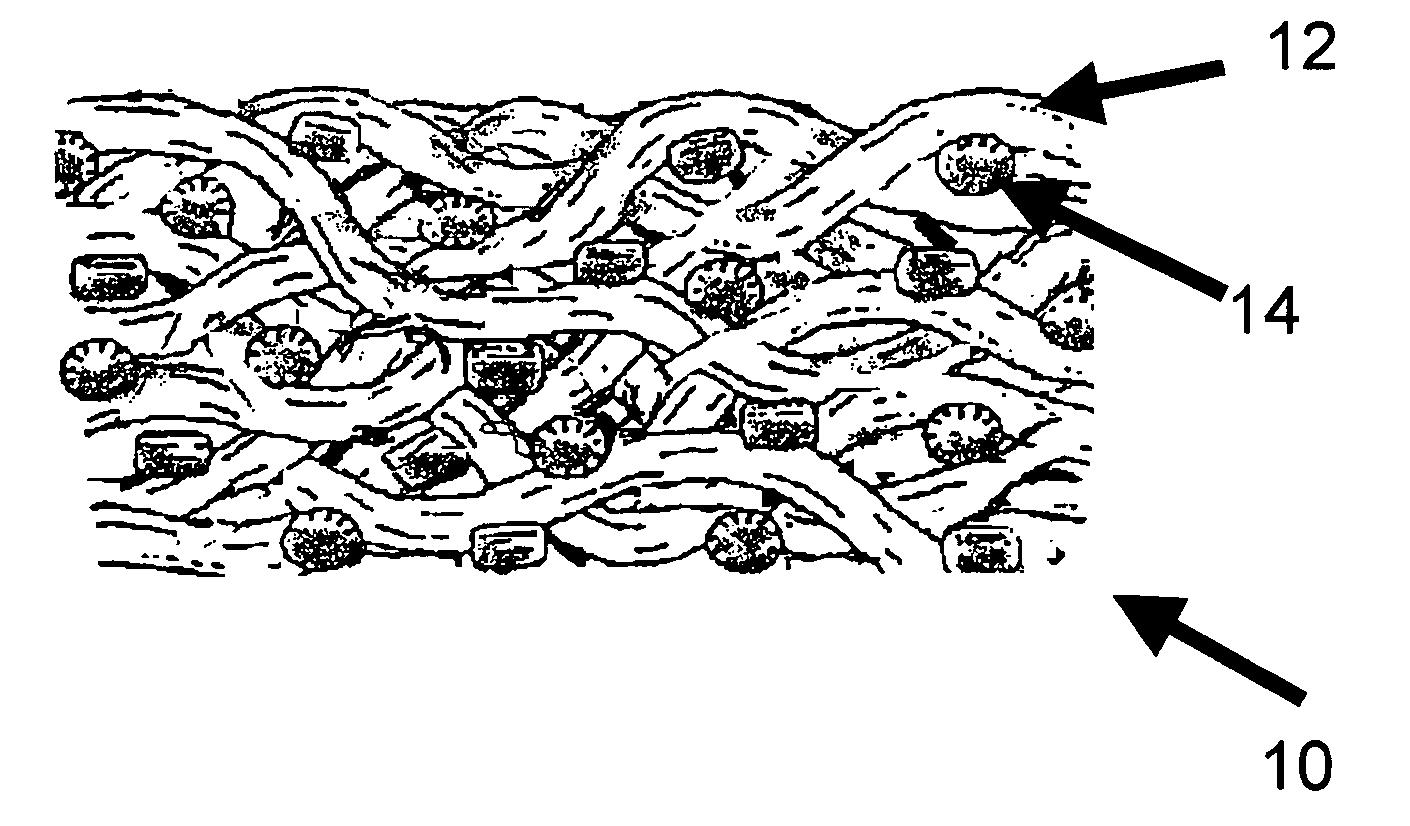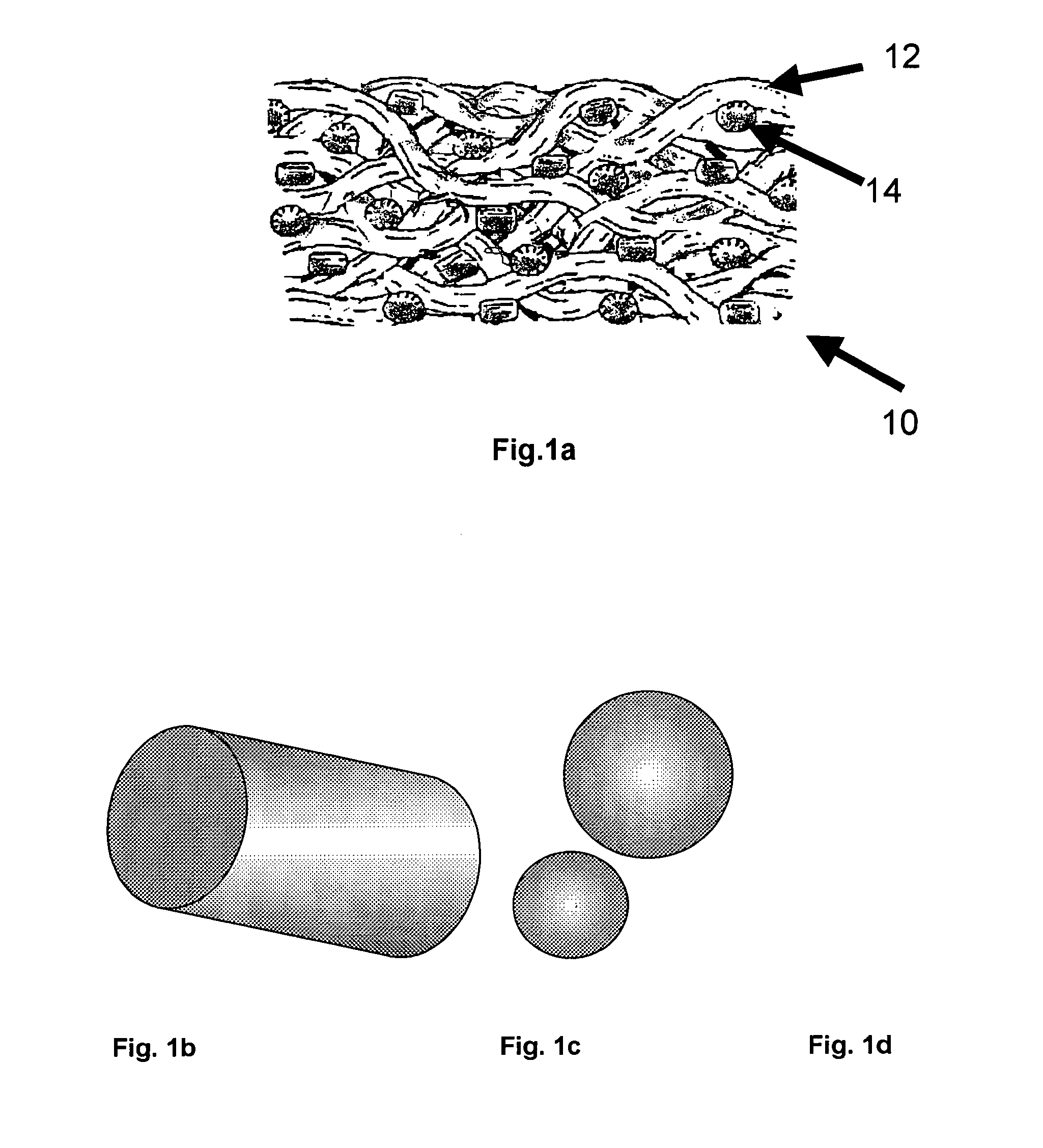Porous friction material comprising nanoparticles of friction modifying material
a technology of friction modification material and nanoparticles, which is applied in the field of porous fiction materials, can solve the problems of high energy requirements, asbestos is no longer being used, and the heat generated cannot be rapidly dissipated, so as to achieve high permeability, high permeability, and high performance friction materials.
- Summary
- Abstract
- Description
- Claims
- Application Information
AI Technical Summary
Benefits of technology
Problems solved by technology
Method used
Image
Examples
example i
[0088]A comparison of slope v. slipping time in grooved materials . . . which shows that the material allows the oil flow to be within the desired conditions and allows for good dissipation of heat.
example ii
[0089]The deposit of the nanoparticles sized friction modifying particle within the base material does not significantly reduce permeability of the base material. The permeability of the base material allows the fluid or lubricant to flow into the base material and not remain held at the surface of the friction material.
PUM
| Property | Measurement | Unit |
|---|---|---|
| thickness | aaaaa | aaaaa |
| diameter size | aaaaa | aaaaa |
| pore diameter | aaaaa | aaaaa |
Abstract
Description
Claims
Application Information
 Login to View More
Login to View More - R&D
- Intellectual Property
- Life Sciences
- Materials
- Tech Scout
- Unparalleled Data Quality
- Higher Quality Content
- 60% Fewer Hallucinations
Browse by: Latest US Patents, China's latest patents, Technical Efficacy Thesaurus, Application Domain, Technology Topic, Popular Technical Reports.
© 2025 PatSnap. All rights reserved.Legal|Privacy policy|Modern Slavery Act Transparency Statement|Sitemap|About US| Contact US: help@patsnap.com



